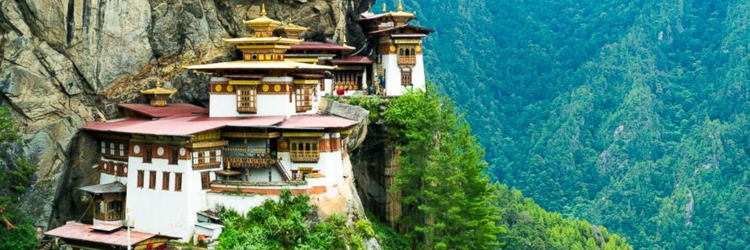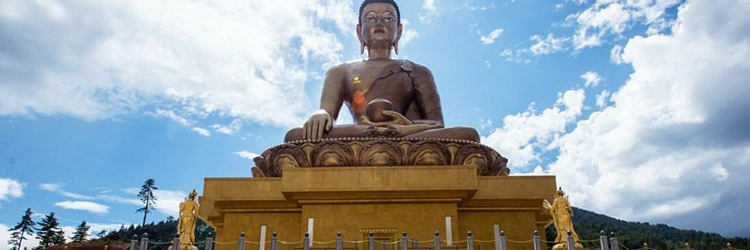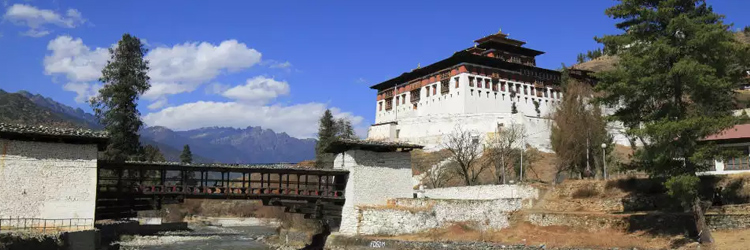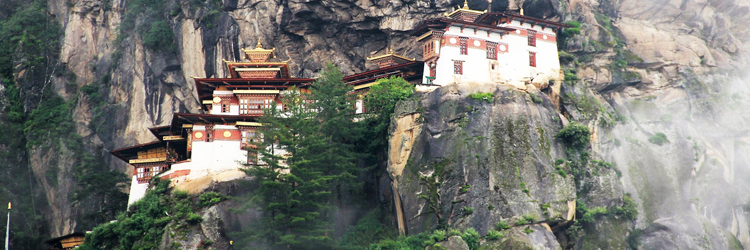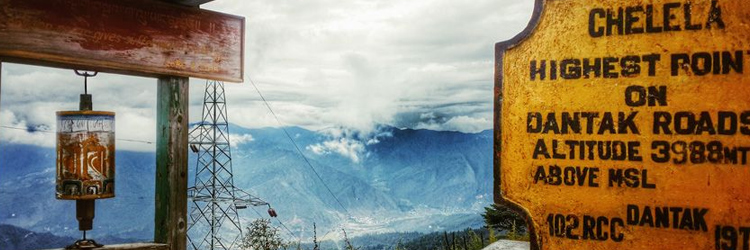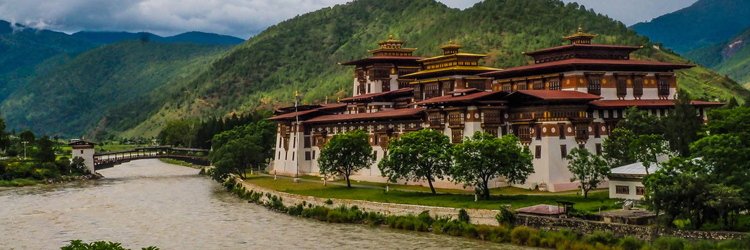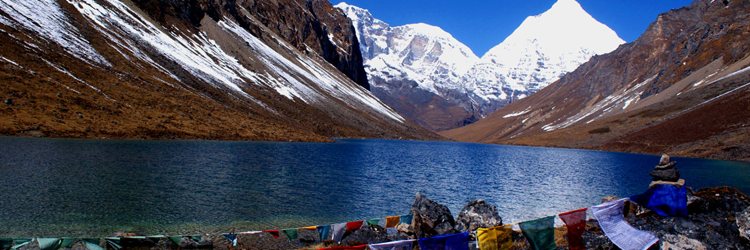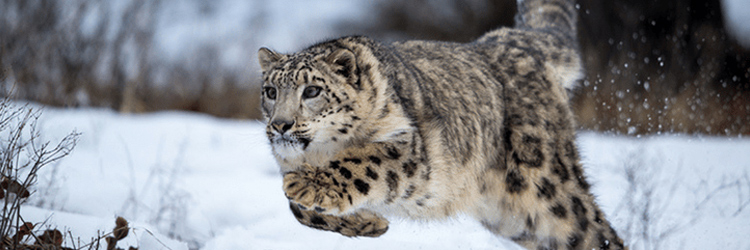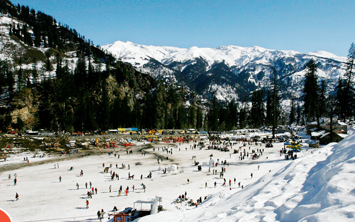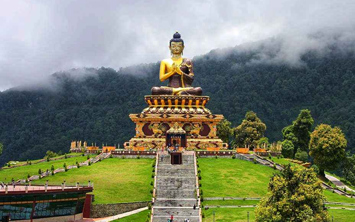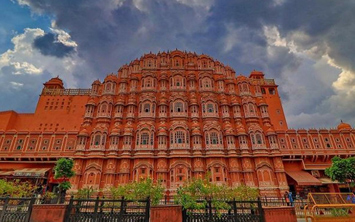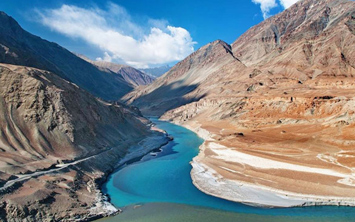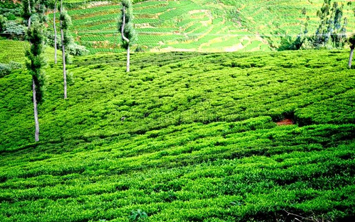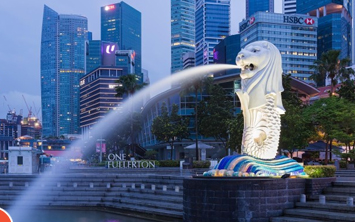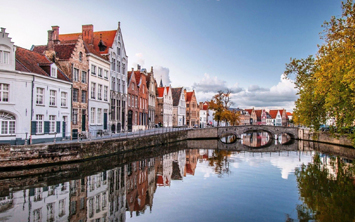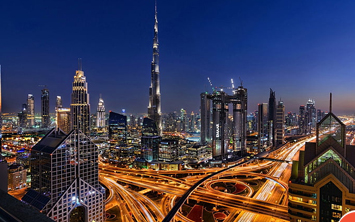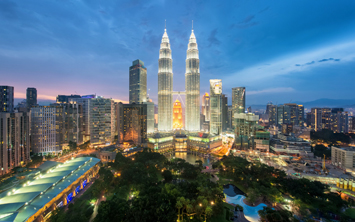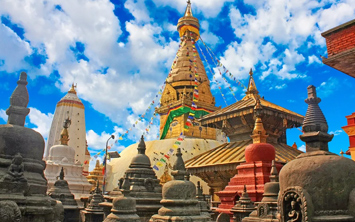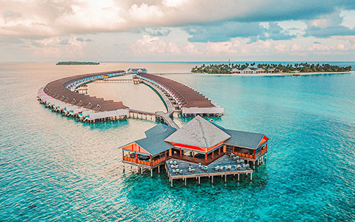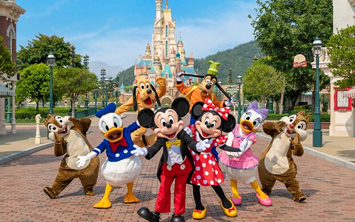A small, landlocked country high in the Himalayas, Bhutan is one of the least known travel destinations in the world, which actually suits its own unique brand of tourism. Dedicated to environmental tourism, the country actually limits the number of people that it has visiting it at any one time by making it very complex to get into the country, and requiring all visitors to be on a pre-arranged tour through one of the hundreds of approved and accredited travel agents.
The major attractions of Bhutan are located in western and central region, largely in and around Paro, Thimphu and Punakha. It’s where you will find iconic Buddhist sites, stunning Himalayan trek and cultural heart of Bhutan. If you are preparing for the upcoming Bhutan tour, here is a list of the top ten places to visit for any tour of the last great Himalayan kingdom.
The capital and largest city in the kingdom, Thimphu is situated in the western part of central Bhutan, in one of the country’s most stunning valleys. Given capital status in 1961, Thimphu took over from Punakha, the former ancient capital of the kingdom that was the home of the religious leaders of Bhutan before it crowned its royal family. The city is a widely spread out place that lies on the banks of the Wang Chhu River. While the city does not have a stunning nightlife for the younger generations of visitors, it does have many amazing and astounding sights to see, including the Tashichho Dzong, the ancient fortress monastery at the edge of the city that was once a seat of governance for the civil leaders of Bhutan.
2. Buddha Dordenma Statue
Erected in the mountains to celebrate the 60th anniversary of the fourth Bhutanese king, Jigme Singye Wangchuck, the Buddha Dordenma Statue is one of the largest Buddha rupas in the world, and stands 52 meters tall, with over 125,000 small statues of the Buddha inside. Made in the form of the sitting figure of Sakyamuni Buddha, the project cost over 100 million US dollars to complete. Around the Buddha statue lies the Kuensel Phodrang Nature Park, 943 acres of forested areas that was opened in 2011 to allow visitors to the site to relax in a quiet and peaceful atmosphere. Interestingly, the building of the statue was foretold by Padmasambhava himself in an ancient terma that dates back to the 8th century, which was repeated by the yogi Sonam Zangpo in the early 20th century.
Set in the delightful Paro Valley, the second city of Bhutan is the first place you will see when you enter the country, since it is where the only international airport is situated. Lying alongside the Paro River, the site has been the location of a monastery of one kind or another since the 10th century, and was the northern stronghold of Bhutan against invasion from Tibet. The main street of the city is filled with rich and complex architecture, with traditional Bhutanese houses and shops vying for space with cafes and restaurants. Paro is also a good place for unique antiques and Buddhist souvenirs, as well as many prayer-related artifacts, although antiques cannot be taken out of the kingdom.
Sitting more than 800 meters above the Paro Valley, perched on a ledge halfway up the cliff face of the mountain, sits the awesome Taktsang or “Tiger’s Nest” monastery. Renowned around the world for its unique and spectacular position, the Taktsang Monastery has become something of a legend in Bhutan, and across many parts of Asia and around the world where Buddhism resides. Believed to be the meditation place of the Guru Rinpoche (Padmasambhava), who first brought Buddhism to Bhutan, legend has it that he landed on the mountain after flying on a giant tigress believed to be a consort known as Yeshe Tsogyal. After meditating in the 13 caves on the ledge for three years, three months, three weeks, three days, and three hours, he emerged in eight manifestations and the place became holy. The monastery was built around the caves in 1692, and has since become a cultural icon of the Bhutanese people.
A large monastery and fortress of the Kagyu school of Buddhism in Bhutan, Rinpung Dzong is one of the most famous temples in Bhutan, and it houses the Monastic Body of Governance for the region. One of Bhutan’s “tentative” sites in the UNESCO inclusion lists for future World Heritage Sites, the site of the dzong was given in the 15th century to the Buddhist Lamas, where a small temple was built. The temple was given to the Zhabdrung Rinpoche in the 17th century, who demolished the previous structure and built the dzong that still stands there today. It was reconsecrated and became the monastic and administrative center of western Bhutan in 1646, and the dzong also appeared in the 1993 film, Little Buddha.
Considered to be the highest pass accessible by vehicle in Bhutan, at around 3,989 meters above sea level, Chele La Pass is one of the most popular high points to visit in Bhutan. Lying above the virgin forests of the Haa Valley in Paro District, the pass offers some stunning views of the waterfalls, forests, and alpine valleys surrounding it. Just over two hours from Paro, the road to the pass runs through thick forests and passes rivers and waterfalls with stunning scenery. Alongside the road heading up to the pass are hundreds of poles adorned with prayer flags that have been erected by the locals to scare off demons and evil spirits.
Also known as Pungtang Dewa chhenbi Phodrang, which translates into “the palace of happiness and bliss”, Punakha Dzong is a 17th century monastery that was constructed by the first Bhutanese Zhabdrung Rinpoche, and it is the second oldest Buddhist dzong in the kingdom. Once the administrative seat of government in Bhutan until 1955, the dzong houses some of Bhutan’s most sacred relics of the Drukpa Lineage of the Kagyu School of Buddhism, as well as the sacred remains of the first Zhabdrung Rinpoche. The dzong was also the site of the wedding of King Jigme Khesar Namgyel Wangchuck and his bride, Jetsun Pema, in October 2011, which was the first national TV broadcast to the Bhutanese people.
Also known as the Gangteng Valley, Phobjikha Valley is a huge U-shaped glacial valley in central Bhutan, which is the home of the famous Gangteng Monastery. The valley is famous for the rare black-necked cranes that visit the area for the winter from their summer home in Tibet. As the cranes arrive in the last week of October, they circle around the Gangteng Monastery roof three times before landing in the valley’s wetlands, and repeat this unique process as they leave for Tibet again in March. The reason the cranes do this is unknown, and Buddhists see it as an auspicious sign or good omen, and the whole area of the valley where the cranes roost for winter is protected. The best marshland in Bhutan, the valley is rich in diverse plant life, and is home to more than ten other protected species of birds and animals. The three day trek through the valley is popular, and hundreds of birdwatchers come to the area in October and March to witness the amazing spectacle of the cranes.
Also known as Jhomolhari, this huge mountain sits at 7,326 meters, yet is not the tallest mountain in Bhutan. Sitting astride the border between Tibet and Bhutan, the mountain is the source of the Paro River, which flows down the southern side of the mountain, and the Amo River, which flows down the north side. Known as the “bride of Kanchenjunga”, Bhutanese Buddhists believe it to be the home of one of the Five Tsheringma Sisters, the female protector goddesses of Bhutan and Tibet, who were bound by Padmasambhava to protect the people, the lands, and the Buddhist faith from evil demons. On the south side of the mountain, at 4,150 meters, lies the Chomolhari Temple, where religious pilgrims visiting the mountain stay, and just an hour’s walk up the mountain lies one of Bhutan’s highest lakes, the Tseringma Lhatso, or “spirit lake”.
10. Jigme Dorji National Park
A picturesque area of undisturbed wilderness, the Jigme Dorji National Park was established in 1974 to protect the indigenous species of endangered animals in Bhutan, more than 37 of which reside in this area covering over 4,300 square kilometers. Ranging in altitude from 1,400 meters to over 7,000 meters, it is the home to such rare species of mammals as the Bengal tiger, the clouded leopard, the snow leopard, the Himalayan black bear, the Indian leopard, and the famous Bhutanese Takin. Rich in flora, the park also houses many species of deer, goral, and sambar, and thousands of varieties of birds that are both indigenous and migratory. With several sites if religious and cultural importance within its borders, the park also offers its visitors a very spiritual experience.






